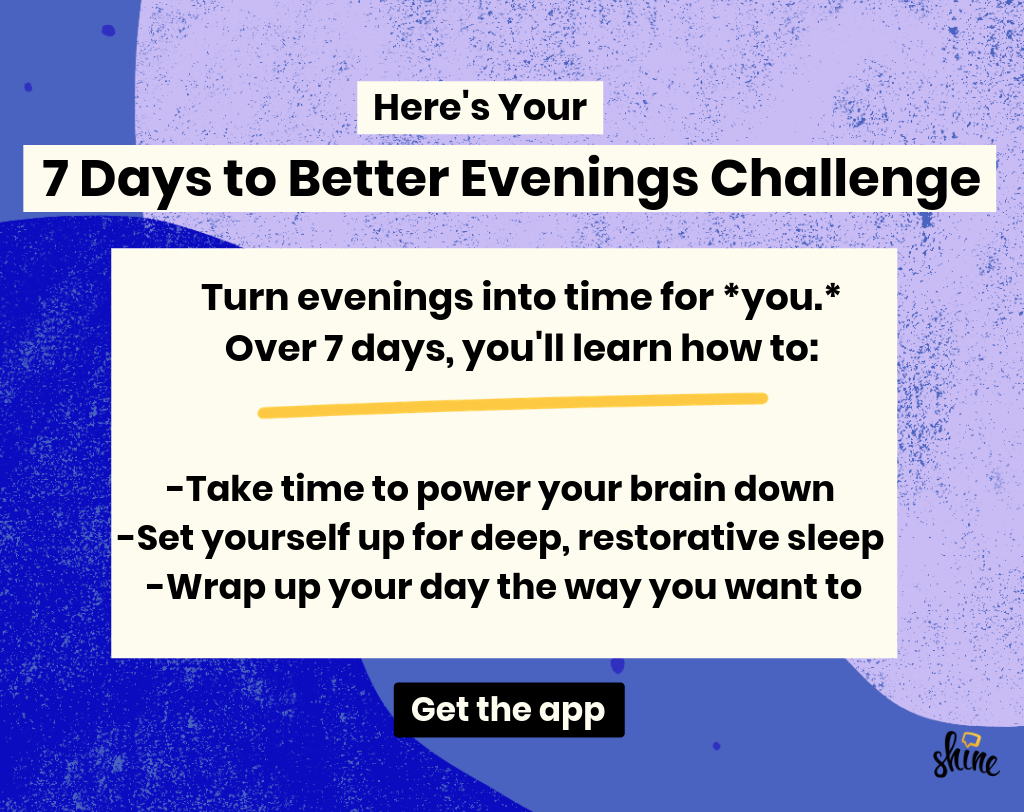4 Ways to Gain Perspective on Negative Events
Your colleague’s critical comment keeps replaying in your mind. Two of your students are trapped in a “he said/she said” battle of wills. You can’t shake the anxiety you feel after hearing the latest news.
We hear that it’s important to acknowledge and work though our emotional reactions to negative events, yet when we do, we sometimes get caught up in cycles of rumination—which can make us feel even worse.
So, what is the best way to reflect on difficult circumstances without finding ourselves tossed around in an emotional spin cycle? The answer may lie in a teachable skill called “self-distancing."
Self-Distancing and Why It Matters

If you are caught up in all of the emotionally arousing details of how you were wronged, what she said, how she said it, and how it makes you feel, you may be reacting from a self-immersed perspective. However, a self-distanced perspective features the ability to take a step back and view yourself more objectively.
According to research, when people adopt a self-distanced perspective while discussing a difficult event, they make better sense of their reactions, experience less emotional distress, and display fewer physiological signs of stress. In the long-term, they also experience reduced reactivity when remembering the same problematic event weeks or months later, and they are less vulnerable to recurring thoughts (or rumination).
Self-distancing (whether cued by researchers or experienced spontaneously) seems to lead to more productive and “adaptive self-reflection” while processing negative experiences. Studies with children and adolescents suggest that self-distancing helps both age groups to move away from the trap of recounting emotionally activating details and toward reconstructing a distressing event in a way that provides some insight and closure.
Self-distancing helps us reconstruct a distressing event in a way that provides some insight and closure.
Other research indicates that self-distancing practices may yield additional benefits, including a reduction in aggressive thoughts, angry feelings, and aggressive behavior, an increase in executive functioning, and the ability to better manage relationship conflicts.
So, what does self-distancing look like in action? Below, four ways to try it out.
Four Ways to Practice Self-Distancing

1. Visualize an Observer
Try to picture a fly on the wall observing your challenging experience. Or consider how a thoughtful friend might respond after quietly observing your situation. Results from a recent study also revealed the power of mentally injecting a model (or exemplar) into the difficult context. When five-year-olds envisioned Batman in the middle of a distressing situation and asked themselves, “What would Batman do?,” they were able to self-distance more effectively.
2. Avoid Using the Pronoun “I”
Focus on using third-person pronouns—he, she, they—when engaging in self-talk. This simple shift in language may be the most helpful form of self-distancing (as demonstrated above). When research participants used their own names and/or drew on non-first-person pronouns during self-talk, they were able to see social stressors as challenging (and surmountable) rather than threatening and anxiety-provoking.
3. Write About It
Create a personally meaningful narrative that helps you to “step back” and make sense of a negative event. Research participants who practiced “expressive writing” about distressful situations (rather than simply thinking about them or writing about other non-emotional topics) were able to more effectively self-distance. Further, writers who demonstrated a self-distanced perspective also used fewer first-person pronouns and negative-emotion words while including more causation words, such as “because” or “why,” in their writing.
4. Focus On Your Future Self
A new area of research in self-distancing explores the power of temporal distancing. Ask yourself, “How would I feel about this one week from now or ten years from now?” This form of mental time travel may be effective because our attention is directed away from our immediate, concrete circumstances. A simple awareness of the passage of time (i.e., the concept of impermanence) may also support our emotional recovery.
If you want to understand your feelings without becoming overwhelmed by them, these self-distancing strategies may be helpful to you.
Four Ways to Gain Perspective on Negative Events originally appeared on Greater Good, the online magazine of the Greater Good Science Center at UC Berkeley.
Read next: The Sneaky Way Negative Self-Talk Can Feel Productive)

Shine is supported by members like you. When you buy through links on our site, we may earn an affiliate commission. See our affiliate disclosure for more info.

